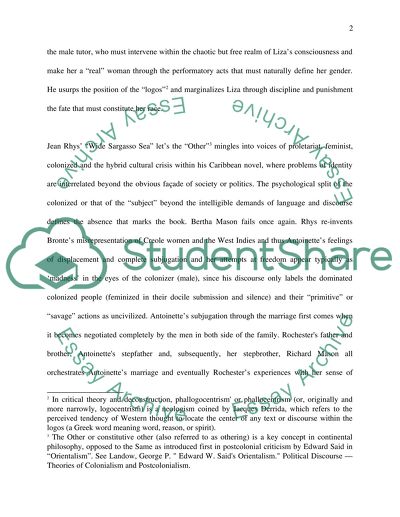Cite this document
(“Femininity in Victorian Literature Book Report/Review”, n.d.)
Femininity in Victorian Literature Book Report/Review. Retrieved from https://studentshare.org/sociology/1528686-femininity-in-victorian-literature
Femininity in Victorian Literature Book Report/Review. Retrieved from https://studentshare.org/sociology/1528686-femininity-in-victorian-literature
(Femininity in Victorian Literature Book Report/Review)
Femininity in Victorian Literature Book Report/Review. https://studentshare.org/sociology/1528686-femininity-in-victorian-literature.
Femininity in Victorian Literature Book Report/Review. https://studentshare.org/sociology/1528686-femininity-in-victorian-literature.
“Femininity in Victorian Literature Book Report/Review”, n.d. https://studentshare.org/sociology/1528686-femininity-in-victorian-literature.


